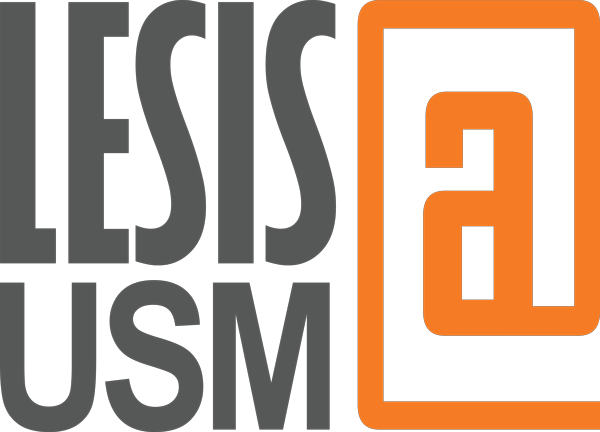

Laboratory Equipment & Services Information System
by Centralized Laboratory Management Office (CeLMO)
Description
UV-Visible spectroscopy, also known as ultraviolet-visible spectrophotometry, is an analytical technique that measures the absorption of ultraviolet (UV) and visible light by a substance. The technique is based on the interaction of light with the electronic states of molecules. When a molecule absorbs UV or visible light, its electrons are excited from a lower energy level to a higher energy level. The wavelengths of light absorbed by the molecule correspond to the energy difference between these electronic states.
Function: UV-Visible spectroscopy is primarily used to:
Identify and Characterize Compounds:
- Different molecules absorb light at specific wavelengths, producing a characteristic absorption spectrum. This spectrum can be used to identify and characterize the substance.
Determine Concentration:
- The amount of light absorbed by a sample is directly related to the concentration of the absorbing species, according to the Beer-Lambert Law. This makes UV-Visible spectroscopy a powerful tool for quantifying the concentration of analytes in solution.
Analyze Chemical Reactions:
- By measuring the changes in absorption over time, UV-Visible spectroscopy can be used to monitor the progress of chemical reactions.
Study Protein and Nucleic Acid Interactions:
- Biomolecules such as proteins and nucleic acids absorb UV light at specific wavelengths, allowing for their analysis and concentration determination in biochemical studies.
Purity Check:
- The purity of a substance can be assessed by comparing the absorption spectrum of the sample with that of a pure standard.
- Manufacturer
- Germany
- Brand
- AGILENT
- Model
- CARY60
- Year Manufactured
- Year Procured
- 2011
- Department
- PUSAT PENGAJIAN KEJURUTERAAN KIMIA
- Location
- School Of Chemical Engineering > Chemistry Lab > 1.03
- Date Registered LESIS
- 29/08/2024
- Category
- Function
- Booking, Testing,
- Category
- Self operated
- Equipment Status
- Good

